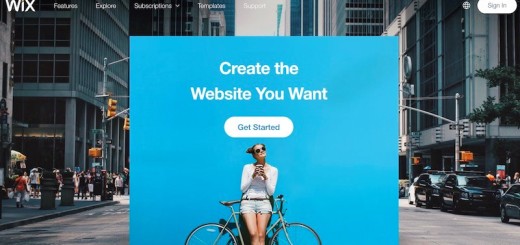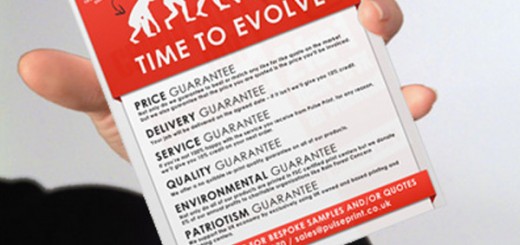How to Design for Your Target Audience
0An effective web page design can complement a company and its products, services and goals, but an ineffective web design can have the opposite effect ten-fold. Difficult and unorganized web page designs, or sites that simply do a poor job of explaining goals and desires can frustrate audiences and lead them elsewhere.

Captivating and addressing the audience in a user specific format is critical, and to do so requires an understanding of target audiences and how to design for them. In an effort to help you design for your target audience, here are five tips to help you understand their needs and desires.
Related posts:
- 10 Free Online Tools to Improve Your Workflow and Presentations
- Skills You Need to Get a Design Job
- What Makes a Blog Outstanding – A Design Perspective
- Making Sense of Clients’ Inputs
- How Designers should Read Clients
Tip #1: Ask The Important Questions First
Before you start your design, ask yourself who is the main audience for the website? What actions do you want them to perform on your web page? What information, products, and services attract your target audience? Will they be more attracted to words or illustrations? Once you have answered these questions you can begin to attack the design with a clear understanding of the product you are trying to create. The overall design of the web page will have a large impact on everyone who visits it, so molding your design to the needs of the target audience can help them feel more comfortable with the layout and leave them more likely to return.
Tip #2: Know Your Target Audience
Keep in mind that your target audience may not have the same skills or in-depth understandings that you may possess, or perhaps your target audience could know a great deal more about the content on the website you are designing than you do. Either way, understanding who your audience is, their level of expertise and the best way to communicate with them is critical. For example, a do-it-yourself remodeling page may include more specific and detailed information and pictures, and be geared towards an audience with a lesser set of expertise, while a website for professionals would likely only need to address the basic elements of the remodel project. Keeping in mind the skill sets of your target audience will allow you to focus one effectively meeting their needs in the design and layout of your content.
Tip #3: Represent Your Company
Regardless of whom your target audience is composed of, they are united by some commonality, a common desire, need or provision. When you target an audience based on those commonalities they will want to relate to you and your products or services, but a poor representation of your company can ruin your image quickly. We all know and can relate to companies such as Nike, Coca Cola and McDonalds because they have targeted their audiences so effectively. Crisp and recognizable logos, easy-to-use websites along with quality product design and promotion are trademarks of each of these companies and are key components to the successful representation of any company. More than anything else, your target audience wants to relate to success, quality and class, so it is imperative that your design uses their commonalities to represent the goals of the company well.
Tip #4: Analyze and Revise
Data disaggregation, pattern recognition and target audience behaviors all make great tools for understanding how your website visitor’s think, act and respond to your prompts, products, services, etc. Organizing and understanding the collected data can allow you to review the popularity of different sections of your web page, understand traffic volumes in various sections of your site, and help you form a strategy for catering to the presented needs and desires of your target audience. For example, if your “location” page receives a high rate of traffic you may want to consider placing your location and contact information on every page. Further, if you have visitors moving from page to related pages, you may want to include a “related links” section so that visitors can more easily move from section to section.
Tip #5: Retention
Consider whether or not your web design encourages your target audience to come back for more. Keep in mind, however, that this is an ongoing process and that web designers should be willing to change and adapt with their target audience and the needs of that group. If the feedback you receive shows that your website is not conducive to your audience’s needs, then you have two choices: redesign the website or re-evaluate your target audience. Honestly answering the questions “What do I need to do to attract and retain my target audience?” and “Is it the web design or the target audience that I need to change when things aren’t working?” will allow for a better understanding of needs and a focused course of action.
Sadly many web designers would rather not concern themselves with the need or the desires of their target audiences, choosing instead to build their designs as they see fit. Even more depressing is the realization that many companies could see more success and more engagement from their target audience if they took these tips and utilized them while designing their websites. Your company can achieve greater success and increased engagement from a target audience by using the above tips when designing your website.




